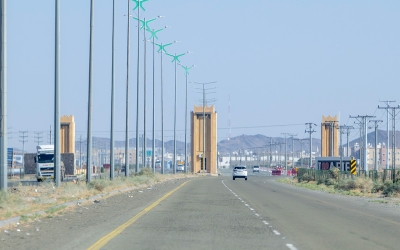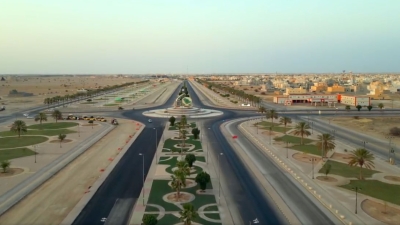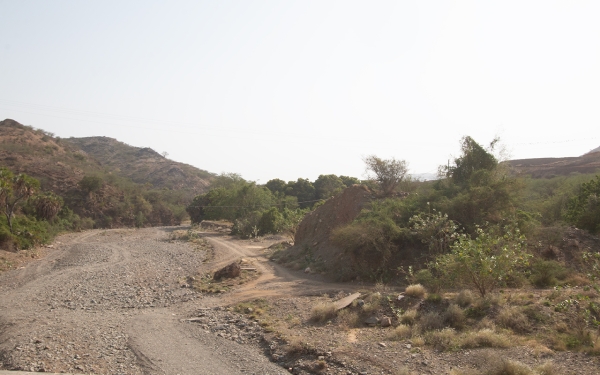
Sabya Governorate is a governorate in the Jazan Province, southwest of the Kingdom of Saudi Arabia, and the biggest governorate by area and population in the province. Although the city of Jazan is the administrative capital of the province, Sabya Governorate is the largest population center in the province, with some 223,083 inhabitants, according to the 2022 Saudi Census, representing about 15.9 percent of the Jazan Province’s population.
History of Sabya Governorate
Sabya Governorate’s history dates back to the early ages of Islam and was mentioned in the travelogues and annals of explorers and historians, including A Description of the Arabian Peninsula (Sifat Jazirat ul-Arab) by al-Hamadni. An excerpt from his book reads: Sabya is one of the villages of the Mikhlaf of Hakam. Yaqut al-Hamawi also referred to Sabya in the Dictionary of Countries (Mu'jam al-buldan), saying: Sabya is one of the villages of the Mikhlaf of Athar. At various points in history, it was ruled by various dynasties and was once the capital of the Suleimani Mikhlaf. Modern-day Sabya represents an extension of the Old City of Sabya, founded by Durayb Bin Maharish al-Khawaji in 1551.
Location of Sabya Governorate
Sabya Governorate is located in the plain between the tip of the Sarawat Mountains eastwards and the eastern coast of the Red Sea westwards, on latitude 170° and longitude 42°, and is one of three Category A governorates in the Jazan Province, beside Abu Arish and Samtah, and administratively oversees three centers.
Sabya is approximately thirty-six km from Jazan City, situated about thirty km northwest of Abu Arish City and an estimated thirty km southeast of Baish City.
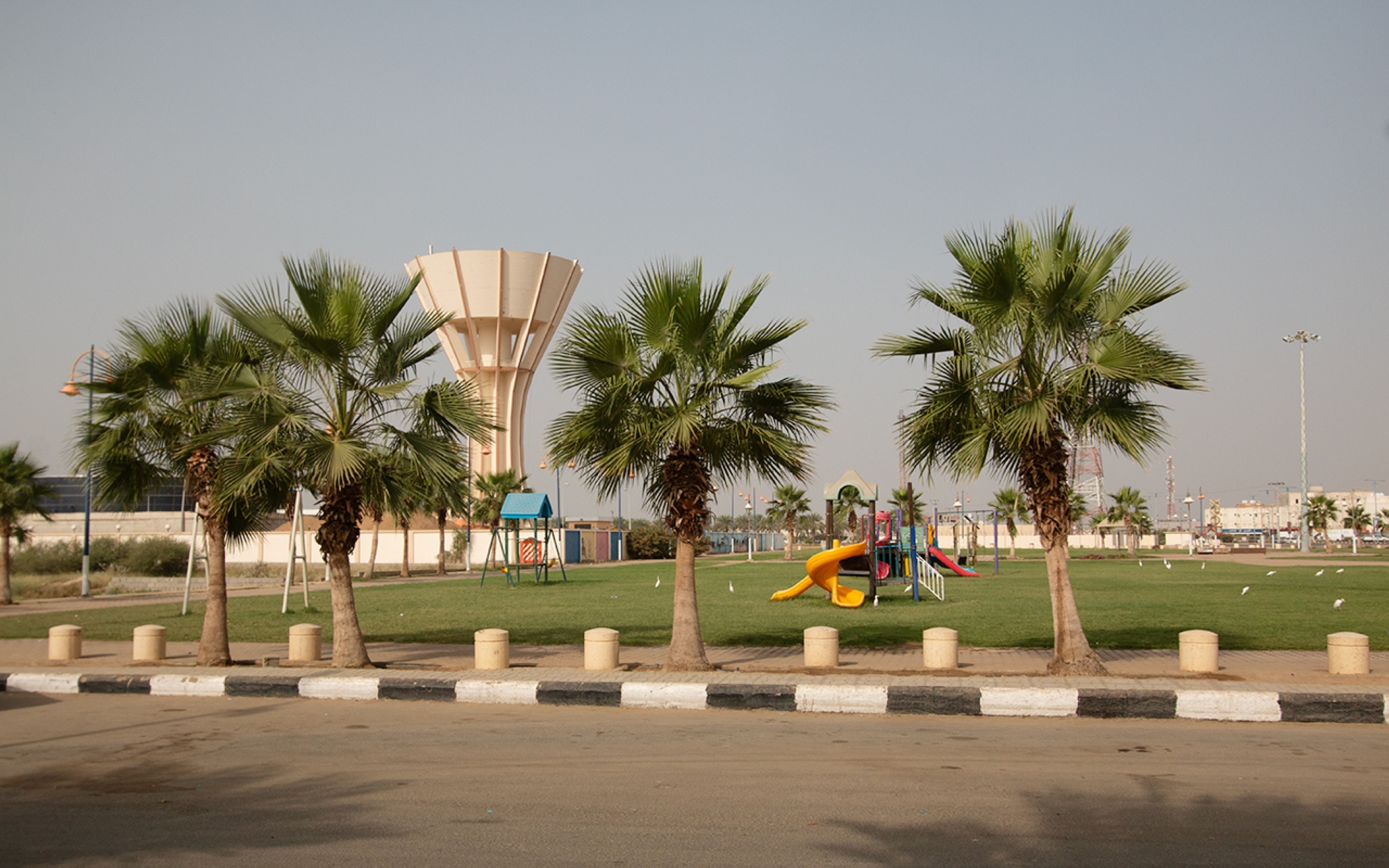
Geography and climate of Sabya Governorate
The climate of Sabya Governorate is predominantly affected by its proximity to the Red Sea, as its weather is characterized by hot, humid, and rainy summers and fairly mild winters with some rain, although temperatures do not go below eighteen degrees Celsius. Severe seasonal winds blowing from the northwest pummel Sabya and its villages in the summer months between July, August, and September each year, and the climate changes during the dusty season, causing rain and ushering in the beginning of the agricultural season.
The geography of Sabya Governorate includes four main valleys with many tributaries: Wadi Qasi, whose waters flow from the northern Bani al-Ghazi Mountains; Wadi Sabya, whose waters flow from the southern Harub Mountains and the al-Amshaif Mountains; Wadi Damis, whose waters flow from the Manjid Mountains and the mountains near Harub Center; and Wadi Nakhlan, whose waters flow from the northern and southern Akwah Mountains.
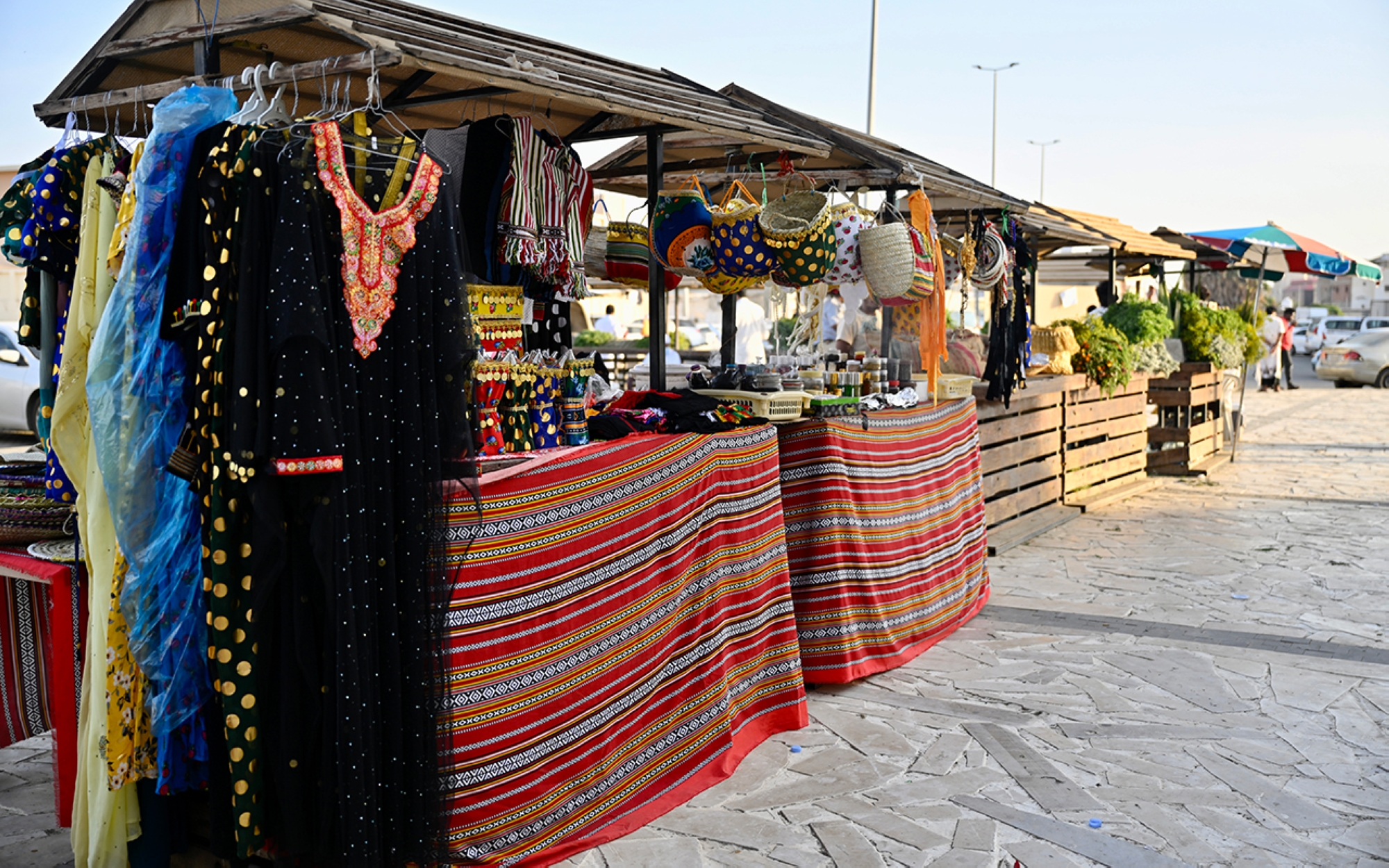
Heritage and monuments in Sabya Governorate
Sabya Governorate retains many antiquities that reflect civilizational activity across various historical periods, including the monuments west of the village of Qawz al-Ja'afra on the Red Sea coast, which are relics of the city of Athar, founded in 983 by Suleiman Bin Taraf al-Hakami during his reign over the Suleimani Mikhlaf. He used the city as a military base and the seat of his emirate. Athar’s market was renowned among the famous markets in the Arabian Peninsula. The city’s relics also include the remains of the foundations of some houses and dilapidated walls, in addition to walls built from red bricks on the Red Sea coast.
Sabya’s monuments are preserved at the Museum of Heritage and Antiquities, previously overseen by the General Directorate of Education in Sabya Governorate, and are currently under the ambit of the Saudi Tourism Authority. The museum was established in 1988 and contains archaeological relics from mountain highlands, Tihama areas, and coastal areas, such as the remains of ancient stone houses, castles, and forts located in the mountains of Bani Malik, Harub, Manjid, and al-Reith, as well as the seaport of Athar.
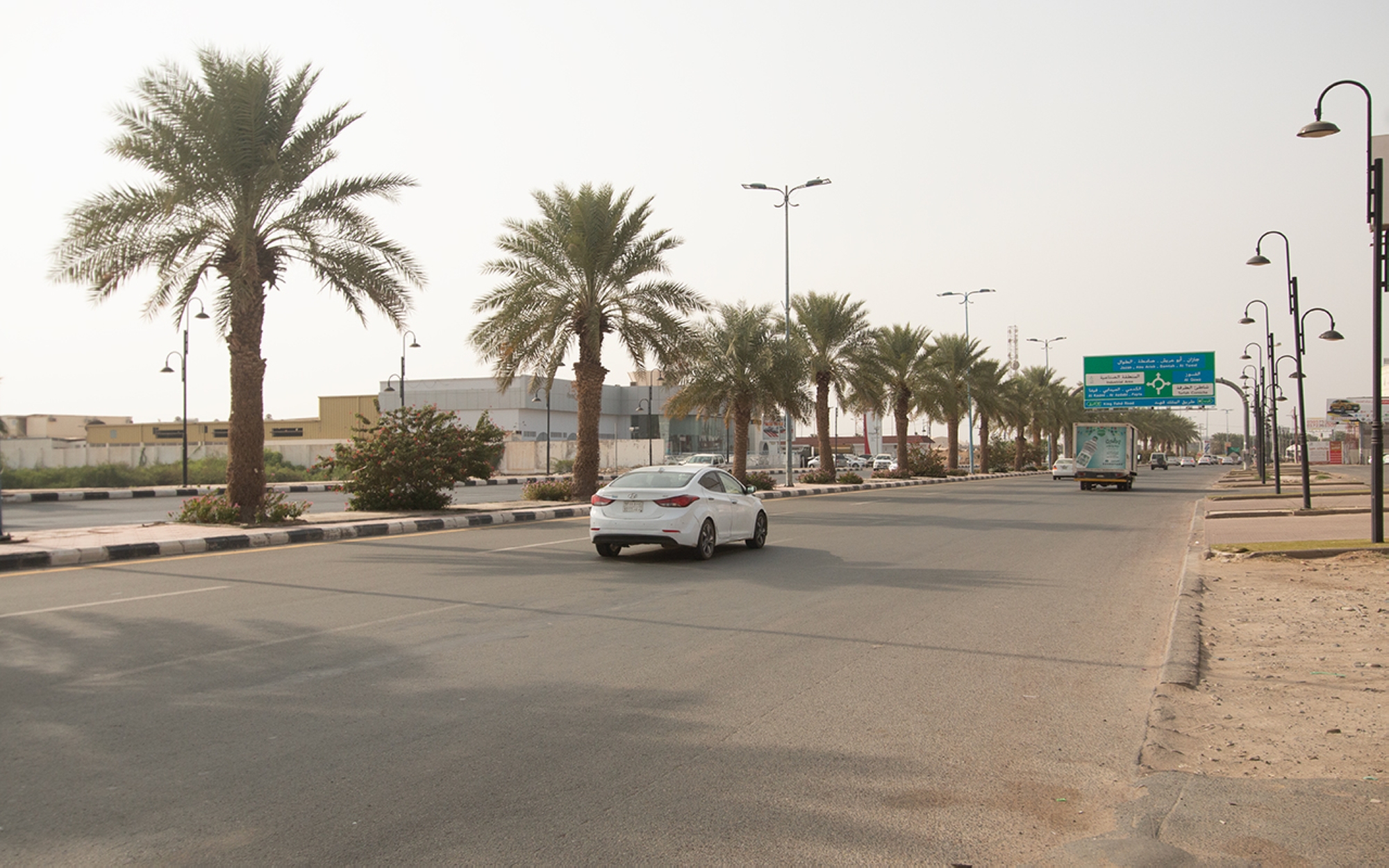
Development in Sabya Governorate
Sabya Governorate administratively supervises more than one hundred villages that oversee dozens of hamlets. Its inhabitants engage in farming and fishing, which are the main livelihoods for the population. Sabya is considered the province’s cultural and historical center, as it includes palaces, historical villages, traditional markets, and archaeological houses. On its coast lie the ruins of the city and seaport of Athar, which date back more than a millennium.
The governorate relies on King Abdullah Bin Abdulaziz Regional Airport, the province's main airport, located in the seat of the emirate, Jazan City, thirty-nine km south of Sabya. It is a regional airport with a capacity of approximately nine hundred thousand passengers per year.
Development projects in Sabya Governorate include a road network comprising: Jazan-Sabya Road, Sabya-Eidabi Road, Sabya-Harub Road, Sabya-Darb Road, Sabya-Dayer Road, and Sabya-al-Qawz Road.
The governorate has witnessed a transformative educational renaissance. At the tertiary level, the University College of Jazan University was established to enable students of both genders to obtain university education in the framework of the educational renaissance in the Kingdom. Three departments opened in the college in the specializations of Nursing, Computer Science, and Accounting. Student admissions began in the academic year 2014-2015.
Related quizzes
Related articles

